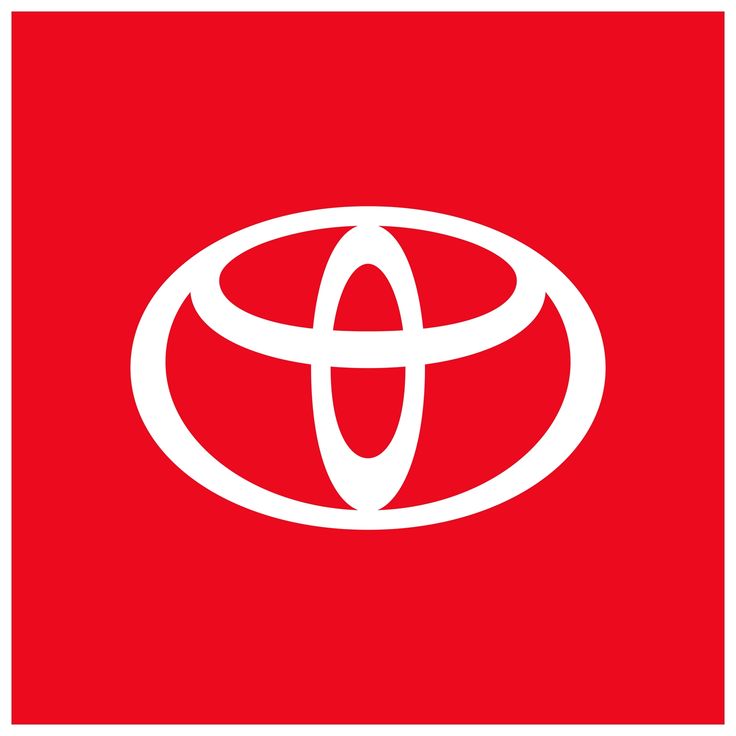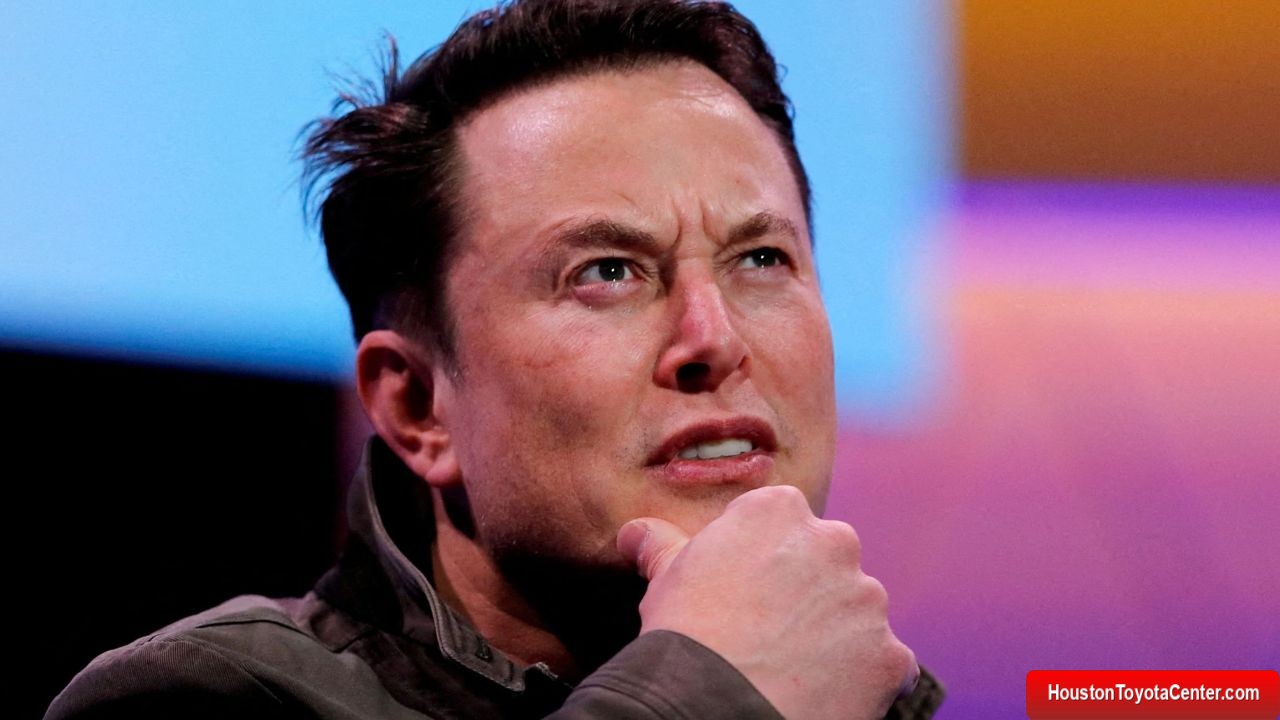After months of speculation and rumors about a possible partnership between Ford and Tesla to use Full Self-Driving (FSD) technology, Ford CEO Jim Farley has put an end to expectations.
Speaking at the Aspen Ideas Festival, Farley confirmed that there had been talks with Elon Musk, but openly stated that Ford would not pursue Tesla’s technology and sees a better future in the approach of Waymo, the autonomous vehicle division of Alphabet, which owns Google.
Tesla ‘s interest in licensing its autonomous driving platform to other automakers is nothing new.
Since 2021, Musk has been talking about this possibility, although no concrete partnership has been signed.
FREE: Quickly identify and understand problems with your vehicle 🚘
CLICK HEREIn 2023, he reiterated his openness to agreements, and in 2024 he even stated that negotiations with “a major automaker” were underway.
With Ford being an early adopter of Tesla’s charging connector, speculation that it would be that automaker gained momentum.
However, Ford itself has now clarified that despite the talks, the path to be followed will be different.
Farley made a direct comparison between the two companies’ solutions and pointed out a key factor that defines the decision: the use of LiDAR sensors.
For the executive, LiDAR is essential to ensure safety and efficiency in autonomous driving, especially in situations where cameras may fail.
“For us, it’s Waymo,” Farley said, noting that both Tesla and Waymo have made significant strides in technology, but that the laser sensors used by Waymo offer a critical advantage.
“Where the camera can be completely blinded, LiDAR will see exactly what is in front of it,” he reinforced.
It is worth remembering that Ford has already made a strong investment in the sector with the startup Argo AI, in partnership with
Volkswagen. Around US$ 1 billion was invested, but the project was closed in 2022.
The company has since said it would seek new partnerships when the technology is more mature.
Now, it appears to have found that path with Waymo, which recently struck deals with Toyota and Hyundai to integrate its self-driving system into production vehicles.
Meanwhile, Tesla has been trying to consolidate its FSD, now focusing on its own robotaxi service, abandoning for now the idea of offering full autonomous driving to its customers.
Ford’s choice of a more cautious, multi-sensor approach reinforces the contrast between the two philosophies: on the one hand, Tesla betting everything on cameras and artificial intelligence; on the other, traditional automakers preferring technological redundancy and safety validated by additional sensors.
Farley’s decision makes it clear that, at least for now, Ford is not willing to follow Musk’s path, even while acknowledging Tesla’s progress.
And for those who were hoping to see a Ford model running with FSD soon, one thing is for sure: that won’t happen.


Leave a Reply